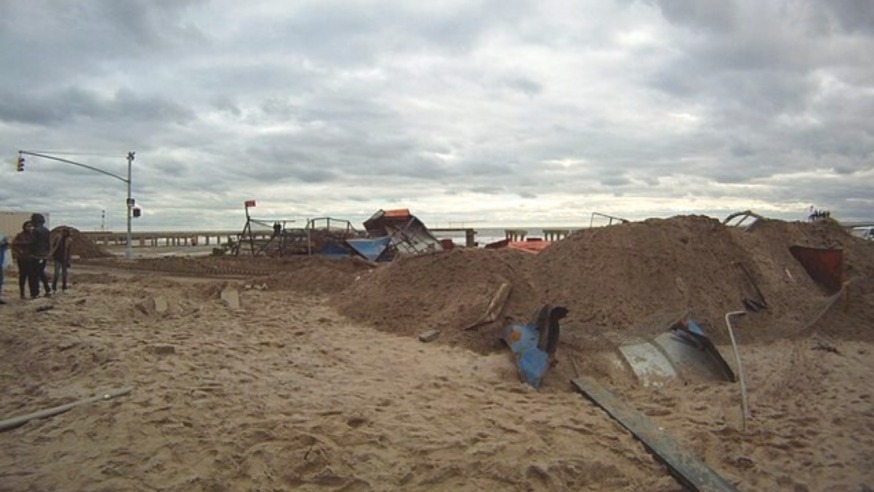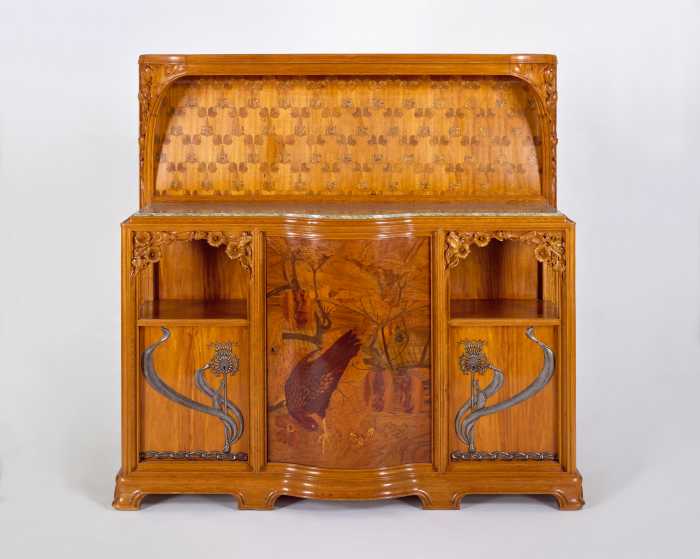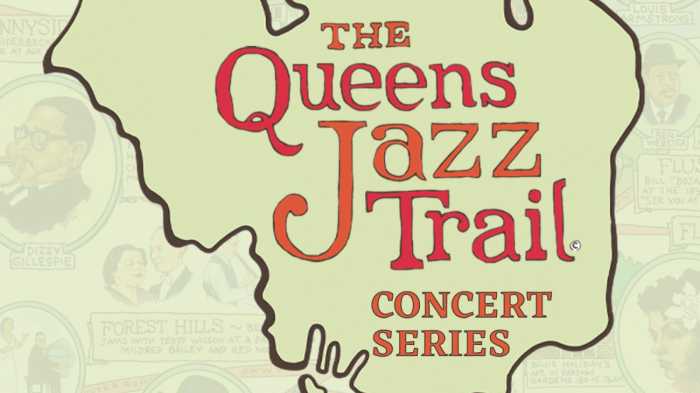
The body of Shawn Rucker was discovered in the sand dunes in the vicinity of Beach 13th Street in Far Rockaway in 2012 (Google Maps)
Mar. 9, 2022 By Michael Dorgan
A Far Rockaway man has been sentenced to 25 years to life in prison for bludgeoning his girlfriend’s ex-boyfriend to death with a hammer in 2012 – and then dumping his body on a beach among the debris from Hurricane Sandy.
Thyron Aycock, 48, was sentenced in Queens Supreme Court Tuesday having been found guilty of murder in the second-degree last month for killing 32-year-old Shawn Rucker, according to the Queens District Attorney’s office.
Aycock, according to trial records, got into an argument with Rucker inside a residence near Beach 13th Street between Nov. 5 and Nov. 7 – around a week after Superstorm Sandy struck New York. The dispute turned ugly and Aycock pummeled Rucker at least eight times in the head with a hammer, causing his death.
Aycock then attempted to dismember Rucker’s body before dumping his corpse in the sand dunes on Far Rockaway beach.
He was apprehended around 7 years after the brutal killing having confessed about the slaying to a friend, who subsequently contacted police, prosecutors said.
“After so many years, the defendant may have thought he had gotten away with murder but investigators and prosecutors never relented,” Katz said.
“A judge sentenced him to a lengthy-term of incarceration as a measure of justice for this brutal crime.”
At the time of the killing, Aycock had been living in a Far Rockaway residence with his girlfriend and her son. Rucker, her ex-boyfriend, also lived with the couple, as did another woman. Rucker had recently relocated from Baltimore, Maryland to Queens, according to the Queens DA and published reports.
Aycock wanted Rucker to move out of the shared residence and an argument ensued between the two men. The dispute turned violent before Aycock grabbed a hammer and whacked Rucker several times over the head. Rucker died as a result of blunt force trauma and compression to his chest from the hits, the Queens DA said, according to trial testimony.
Aycock then tried to dismember Rucker’s body before he stuffed it in a garbage bag and buried him on the storm-ravaged beach. A post-mortem revealed Rucker had lacerations to his wrist while his left thigh had a gaping cut that went all the way to the bone, prosecutors said.
Parks Dept. workers found Rucker’s body on Nov. 15, 2012 while cleaning the beach of storm debris. His remains were bound with a distinctive patterned cloth, according to prosecutors.
Days after Rucker’s body was found, police searched Aycock’s home and recovered a knife with Rucker’s blood on it.
A saw was also discovered which contained Rucker’s blood. A bedsheet with the same distinctive pattern as the cloth used to bind Rucker was also found in the home, prosecutors said.
The evidence was enough to pin the murder on Aycock.

Debris on Far Rockaway Beach following Hurricane Sandy in 2012 (Photo via Dakine Kane via Wikipedia)





